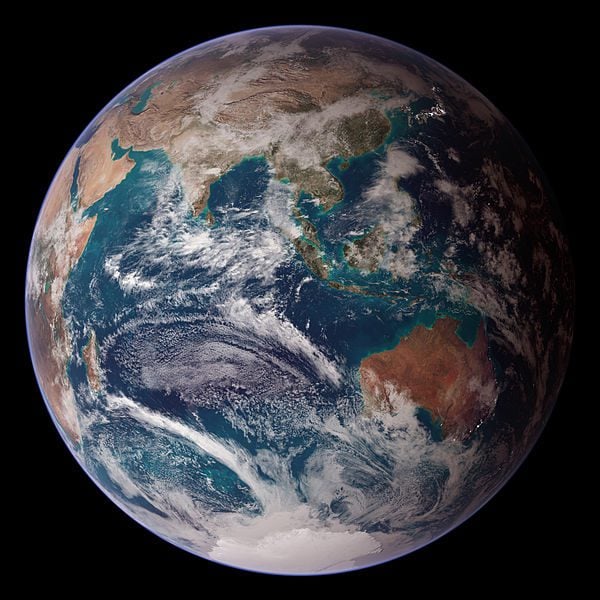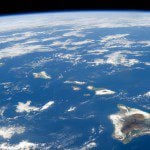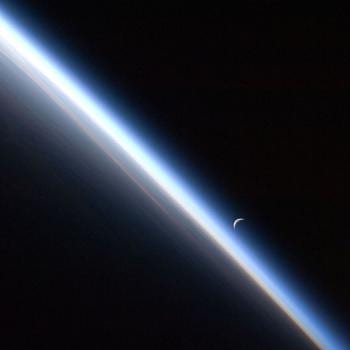
From Gerald L. Schroeder’s God According to God: A Scientist Discovers We’ve Been Wrong About God All Along (New York: HarperOne, 2009):
If the strong nuclear force were a bit more or less forceful, if electromagnetic forces varied by a few percent, if there were four or two spatial dimensions instead of the three within which we reside (length, width, height), the stability of the physical world would be gone. Without the Pauli exclusion principle that teaches that no two particles can occupy identical positions at the same time, and the quantized electron orbits, stable atoms could not form. There’d be no predictable chemistry or chemical reactions, no life. Nuclear chaos would be the order of the day. (55-56)
Did random chance demand that there be one or even many well-suited stellar systems in our universe? The answer is not at all obvious. Recall the one case out of 10700 for getting a Shakespearean sonnet by chance. Compare the magnitude of that number with the number of stars in the visible universe: approximately 1022. Now, 1022 is a huge number, but it pales when contrasted with 10700. Obviously getting sonnets and evolving life are two very different concepts. But both are measures of chance producing a desired arrangement. With the sonnet-writing monkey trials, there are 26 variables (the letters of the alphabet) that had to align in 500 distinctive ways. In our universe to win the lottery for life there are 1022 options, 1022 stars in the visible universe, each offering its own unique environment. Around how many of those stars will there be planets with conditions favorable to life? If there are, for example, 15 parameters essential for producing a planet or moon with a life-nurturing climate, and only 3 or 4 percent of the total cosmic range of each of those 15 variables places it within a domain fit for life, then the likelihood of life arising by chance in our universe becomes marginal. (56-57)
***
Here’s a curious item. Not quite Book-of-Mormon-related, really, but curious nonetheless. And it even involves “sunstones”:
“Viking seafarers may have navigated with legendary crystals”
***
Some additional science news from various fields, chosen because it interested me and might interest you:
“Could Higgs Bosons and Primordial Black Holes Explain Dark Matter?”
“Spear Point Study Offers New Explanation of How Early Humans Settled North America”
“Why Neanderthals Had Faces That Were So Different From Ours”
An item on the human element in science:
And, sometimes, the more you look at something the less certain you are about it:












